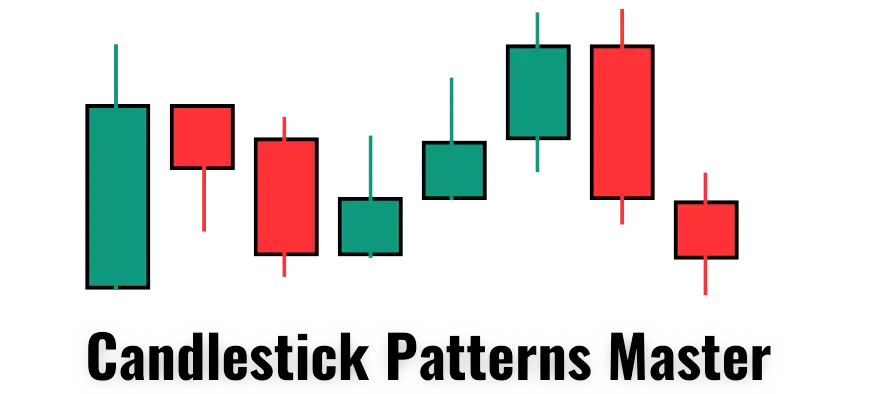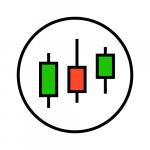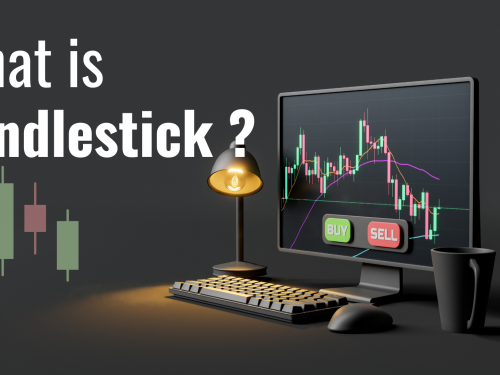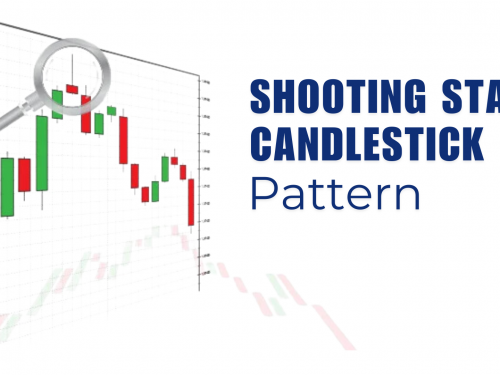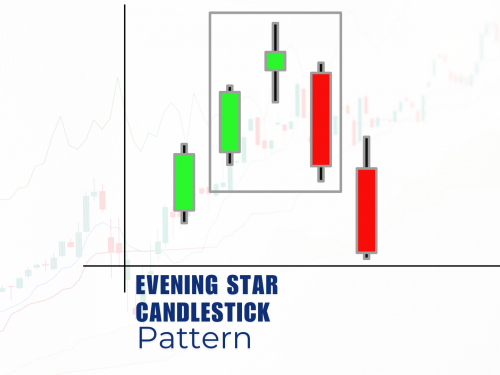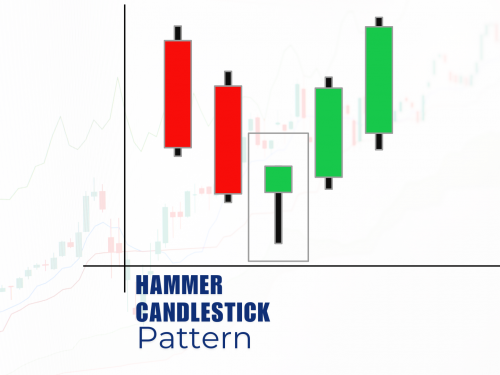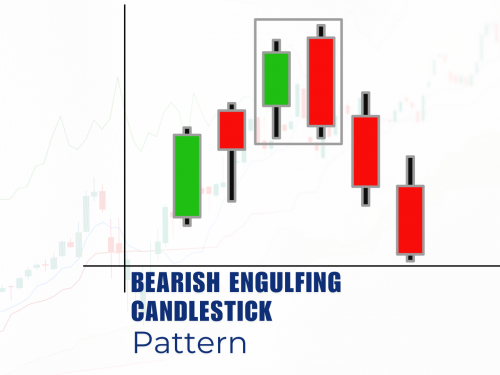What is the Rising Wedge Pattern and How to Work With It?
A rising wedge pattern is a chart formation that traders often spot in financial markets. It's like a triangle that's tilting upwards, with two converging trendlines. The upper line represents resistance, while the lower line shows support. As time goes on, these lines get closer together, creating a wedge shape.
Important features of a Rising Wedge pattern
Upward slope.
Converging trend lines from up and down trends.
Decreasing trading volume.
How to Identify a Rising Wedge Pattern?
Look for an upward trend.
Draw trend lines connecting the highs and lows.
Check if the lines are converging.
Confirm decreasing volume.
The Psychology behind Rising Wedge pattern:
Understanding why rising wedges form can help you trade them better. It's all about the push and pull between buyers and sellers.
Buyers are losing steam in the share market.
Sellers are slowly gaining control of the downward trend.
Market participants are becoming uncertain.
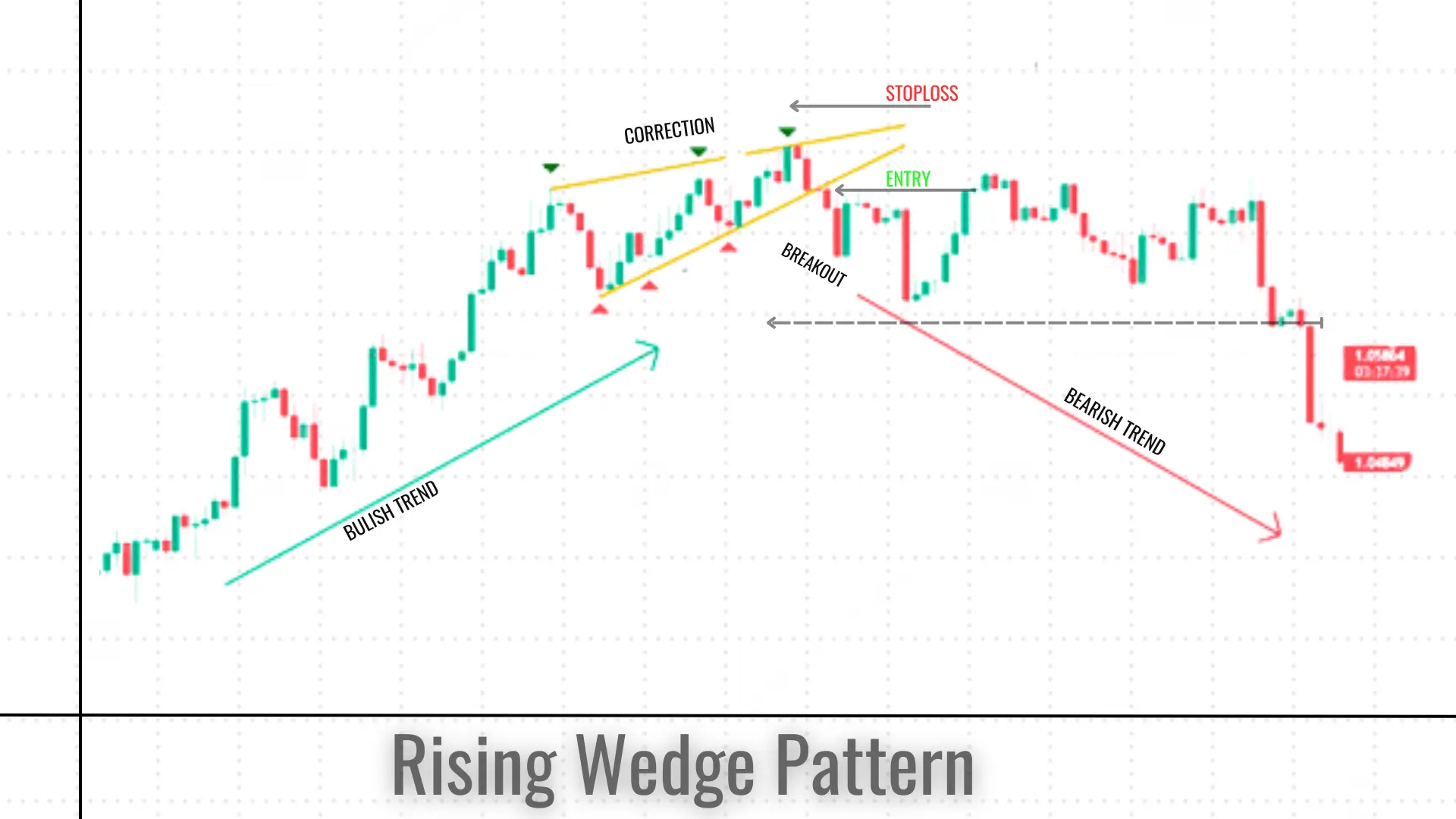
Trading the Rising Wedge Pattern
What should be Entry Points?
The most common way to trade a rising wedge is to wait for a breakout. This usually happens when the price drops below the lower trendline.
What should be Stop Loss?
It's always smart to protect yourself. A good place for a stop loss is just above the upper trendline.
Take Profit
How far could the price fall? A common target is the height of the wedge, measured from the breakout point.
Always remember: No pattern is 100% sureshot. Always use other tools and indicators to confirm your trades.
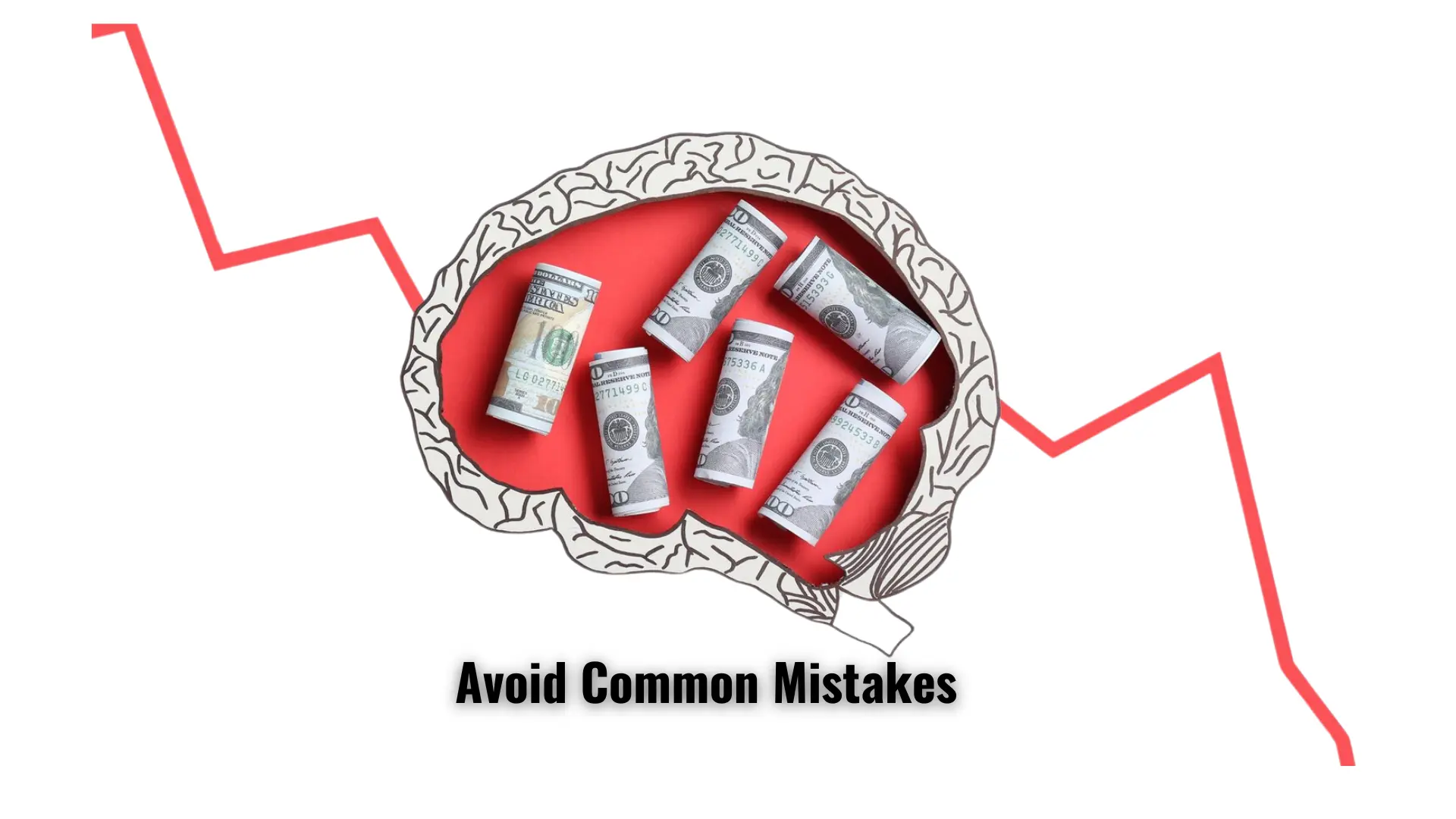
Common Mistakes to Avoid
Entering too early before proper setup.
Ignoring the overall trend bullish or bearish.
We are not confirming this with other indicators like volume and RSI.
Forgetting about fundamental factors.
"Unlock Your Investment Potential – Open a Demat Account with Upstox Referral Link Today!"
